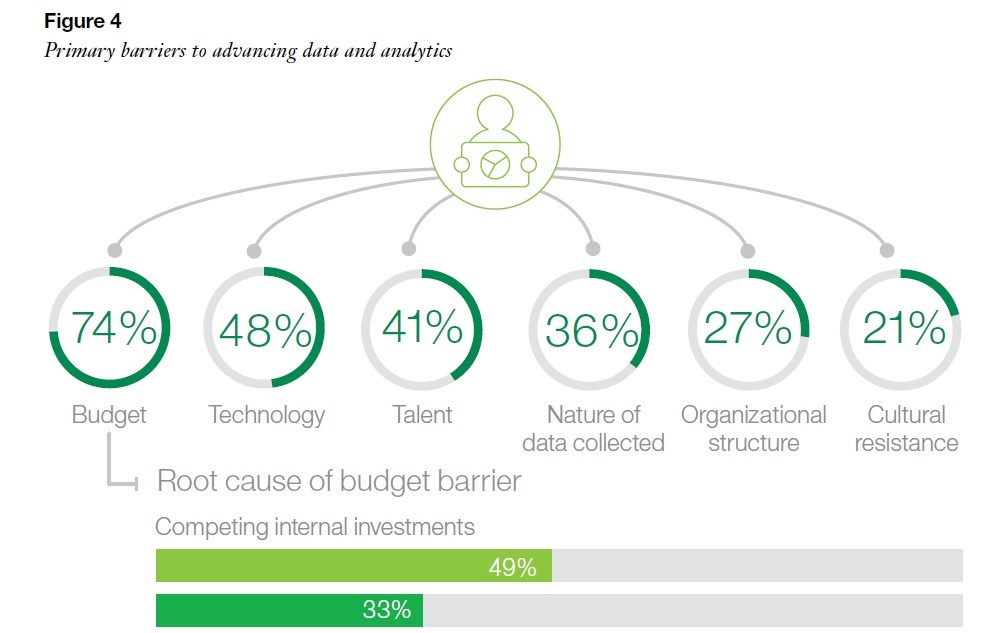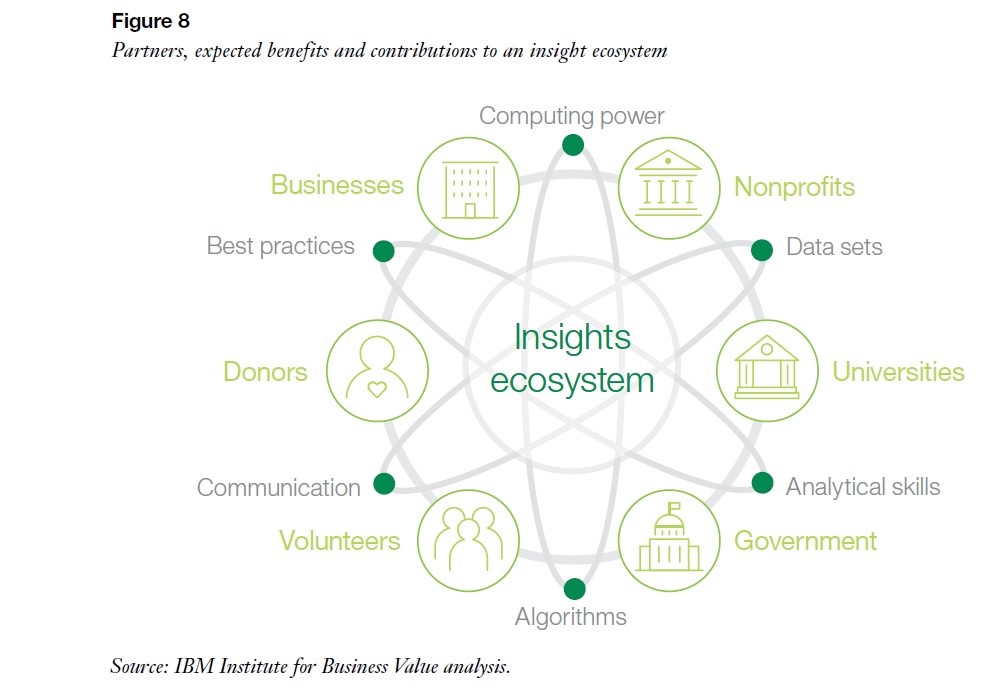The landscape of the unscripted video industry is changing. Part 1 of this series explores four case studies demonstrating the current landscape and what features are most appealing to audiences. In this section, the researchers look to experts in the video industry and fans to explore how the landscape is changing and what content providers should expect. This research is applicable to any content provider of unscripted videos. Furthermore, this research serves as an excellent study for understanding what audiences are seeking from the entertainment industry.
Trends in the Unscripted Video Industry through 4 Case Studies: Part 1
The Subscription Video on Demand (SVOD) platform is changing the way viewers watch home entertainment and traditional studios. It is increasingly more difficult to understand an audience’s viewing habits in the over-saturated unscripted programming industry due to the lack of viewer data collection capabilities of SVOD platforms. Through the research and case studies presented in this study, one can better understand a potential audience and what compels them to this type of entertainment.
What You Were Reading in 2019: Top 10 in Arts Management & Technology
In 2019 the Arts Management and Technology Lab researched a wide breadth of content, from product reviews of image editing software to industry analysis of music streaming. As the year draws to a close, looking back through Google analytics offers a perspective on what the arts management field was particularly keen to learn over the year. Read on to see if the top topics align with any of your particular interests or passions.
Future Trends of Music Streaming Services: Part 2
The music industry faces both challenges and opportunities due to streaming technologies and must consider the long-term viability of streaming business models. New challenges emerge as consumers are listening to their music on ever-changing devices, like smart speakers. There are also varying levels of awareness and comfort of streaming platforms among different age groups. These challenges can become opportunities for businesses who understand their market and can anticipate future change. This research study explores innovations and trends expected to emerge next within the music distribution world.
A Simple Guide to Data Analytics for Nonprofits, Part II
More than a trend or a buzzword, data analytics are here to stay. Newcomers to arts management may find themselves asking, what does data analytics mean for me, and how and why does my organization need to use it? If you are new to arts management, or the data world in general, this two part series is for you!
This article is Part II of a two part series. Part I is available here.
Trends in the Nonprofit Sector
Donors and other major funders typically seek quantitative evidence of mission-related impact in communities therefore nonprofit organizations are making data analytics a standard part practice in daily operations. However, the transition into data-driven decision making hos occurred quite slowly, with over two-thirds of nonprofits reporting that they are only in the beginning stages of implementing data analytics. Furthermore, the majority of nonprofits report that they are not using external data for mission-related analysis; it seems that there is a lack of knowledge or disconnect about how big data can be captured for future community impact. In general, larger nonprofits are more likely to implement data analytics in tandem with improved strategic planning for the mission and programming. Smaller nonprofit organizations, or even arts organizations that wish to place on emphasis on people rather than numbers, have access to many of the same data analytics tools as larger counterparts—so the present concern is why are some organizations not implementing these accessible strategies which can have an immediate impact?
Graph of reasons for not doing data analytic cited by nonprofits: Image credit: IBM, Leap Before You Lag (2017)
Numerous barriers, ranging from internal to external environmental factors, are frequently cited as contributing to an organizations the lack of data analytics use. Particularly for smaller or newly founded organizations, the lack of proper technological infrastructure prohibits even the most basic data analytics collection. Similarly, some organizations cite their limited financial resources. Others are concerned about potential resistance to using data as a primary tool for decision making from major funders and financial decision-makers, such as government supporters and board members. A the perceived lack of expertise within an organization’s staff may also present a barrier.
Some of these challenges may be overcome by training staff in data analytics practices, outsourcing for professional consulting, or creating a staff position specifically for data analysis. Depending on the size and financial status of a nonprofit, each of those options can be a viable solution. Staff can be trained on the more basic analytics tools, and many consulting firms offer services that are specifically tailored to the arts nonprofit sector.
Due to the lack of confidence and informative insight for the implementation of analytics, it is imperative that today’s arts managers initiate a new data-driven operations model in their organizations and make the case to stakeholders. The total digitization of information has created a business environment where institutions cannot maintain long-term success without understanding the importance of data.
Best Practices
In assessing what type of data to analyze and how to acquire it, arts organizations may benefit from partnering with other nonprofits or seeking assistance from external sources as they begin the journey of analytics-based functioning. As budget constraints are often a prevalent issue, nonprofits may consider a shared data services model and forming an insights ecosystem. This ecosystem is a combination of resources, internal practices, and external information that can help to optimize profitability and mission-focused agendas.
Visualization of an insight ecosystem: Image credit: IBM, Leap Before You Lag (2017)
As demonstrated above, collaboration is actually a key component in the process to becoming a data-driven organization.
A clear strategic plan from a lead staff member concerning the critical nature of data in the arts/nonprofit sector is central to success. There must be a steadfast commitment to using data for major decision-making and a willingness to educate staff and other stakeholders about its benefits. Further, new data practices should align with the financial stipulations set forth by major funders and board members; data analytics must be presented in a way that buttresses the development of mission-based programming for real impact. In terms of internal staff, arts managers need to ensure that “actionable metrics” are defined and the organization invests in the necessary technology to measure said metrics. Data analysis can only be beneficial if the goals are defined and accessible through proper platforms. Consequently, data analytics best practices also require organizational leaders to inform staff of new data-focused operations and empower individuals to improve on their skills in the process. Outsourcing may not be necessary if staff members can be trained on new data software and have the desire to build on their current skillsets. Most important in the data analytics journey is that the emphasis on metrics will build or alter programming in a manner that furthers an arts organization’s mission, vision, and values. The metrics that show evidence of success should be analyzed on an ongoing basis, and should those metrics that show problematic trends should be via immediate changes in budget, programming, staff productivity, or which ever means seems appropriate. Behind all of these best practices lies an individual commitment to seek change; thus, the data analytics truly rests on the “human element” for real-world benefits to be had.
Conclusion
Arts organizations can no longer avoid the use of technology and digitized operational tools in preparing for long-term sustainability. Truly, data analysis is the best method for understanding, evaluating, and changing organizational practices: “Without data, it is impossible to measure financial and operational health, identify problems and measure organizational impact.”The most valuable aspect of data analytics that arts managers should realize is the ability to make relevant organization-wide improvements in alignment with the impact they hope to bring about from their mission statement. While data analysis can effectively aid in the acquisition of donors and retention of key audience segments, nonprofits can use these tools to decide which programming elements are bringing about the community benefits they are seeking (and which are not). Given that an organization’s mission, vision, and values reflect its identity in the community, it would be wise of arts leaders to implement data analytics and become advocates for data-driven decision making.
[1] IBM, “Leap before you lag,” (2017): 1.
[2] Ibid.
[3] Idealware, “The State of Nonprofit Data,” 2.
[4] Ibid., 11.
[5] Ibid., 7.
[6] Ibid., 2.
[7] Ibid., 13.
[8] IBM, “Leap before you lag,” (2017): 14.
[9] Ibid.
[10] Ibid.
[11] Ibid.
[12] Ibid.
[13] Ibid.
[14] Cardinal Path, “The State of Digital Data,” 10.
[15] Idealware, “The State of Nonprofit Data,” 3.
It Isn't So Hard to Connect Social Media Data with Your CRM System
Blockchain Explained: Understanding the Technology and its Applications for the Arts, Part 1 of 3
New White Paper: Open Data and Data Visualization in Arts Organizations
Data collection and communication is an essential tool for effectively managing arts organizations. Data visualization techniques can reveal organizational or industry insights in a manner which is easy for managers to understand and communicate to their stakeholders. Explore sources for open source data, and low cost, high impact data visualization tools in this new white paper.
Meeting Audiences Where They Are: The Data Behind Streaming Classical Music
As streaming becomes the most popular method of consuming music, orchestras and opera companies have an additional method of distributing their content. Which organizations are currently taking advantage of streaming and how are they using it? This raw data set helps answer those questions.
Photo source: http://www.violinist.com/blog/laurie/201611/20869/
How Do You Compare in Digital Fundraising?
AMT Lab is researching emerging digital fundraising tools so that arts organizations can, hopefully, take a bigger part of the 14% increase in online giving. With $380 billion dollars of giving in the USA in 2017 and more people than ever giving online, the future of fundraising is changing before us. And don't be fooled -- the majority of the online donors were older than 49 years old. To understand how the arts can maximize current and emerging fundraising opportunities, a benchmark of what is happening in the field today is underway.















